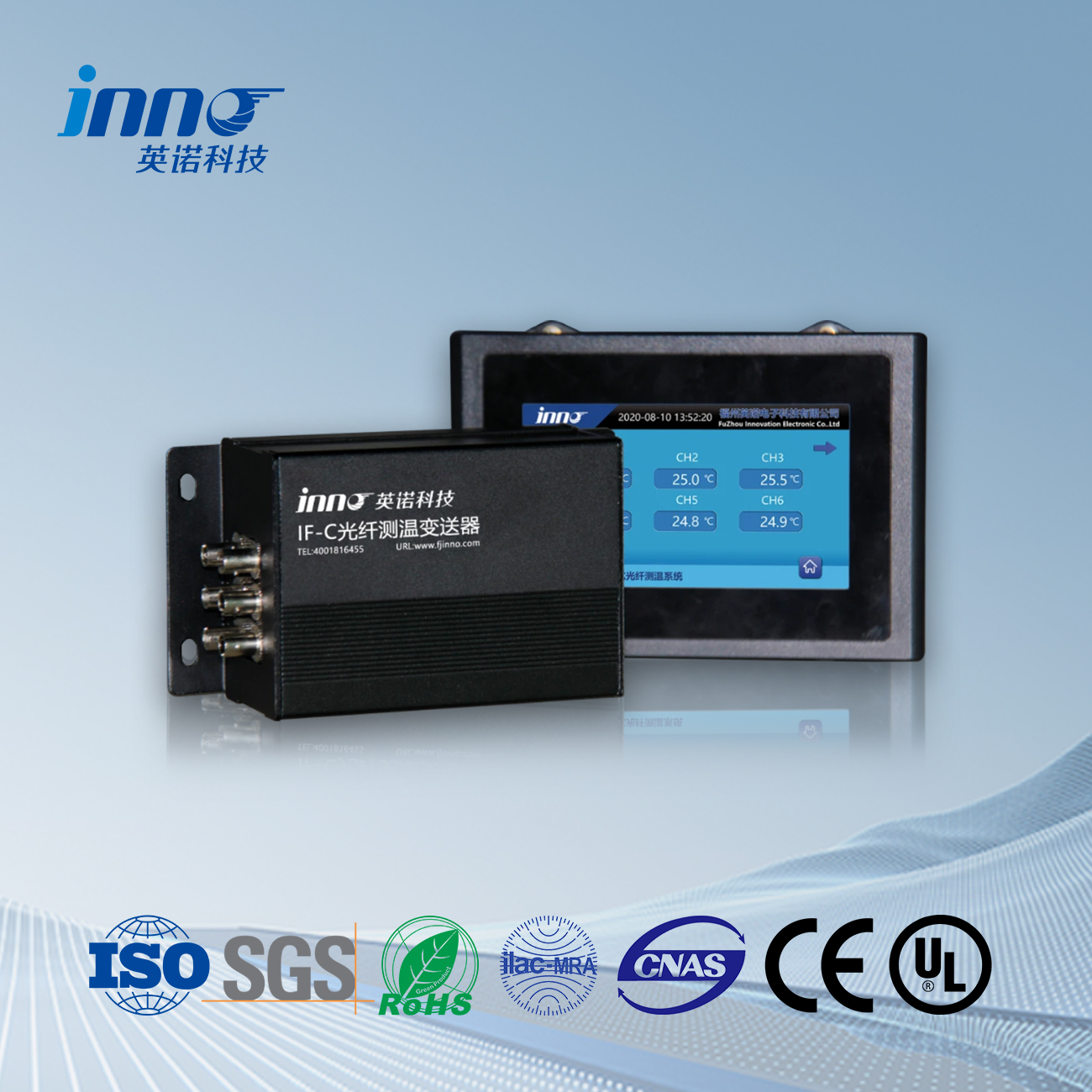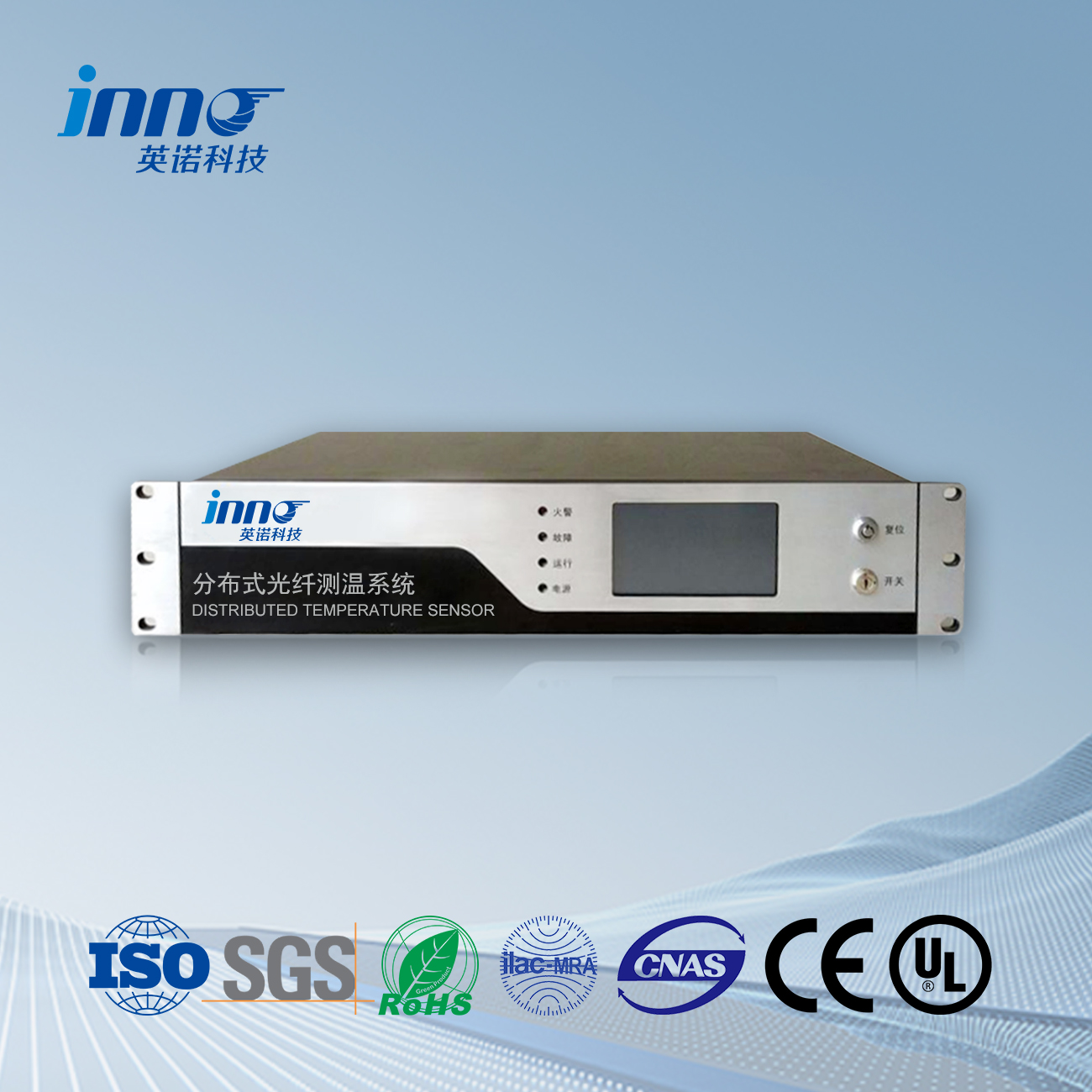A substation is a power facility in the power system that converts voltage, receives and distributes electrical energy, controls the flow of electricity, and adjusts voltage. As a very important energy conversion base, if a fire or other power accident occurs in a substation, it will inevitably lead to large-scale power outages, causing significant impact and losses to the production of enterprises and the lives of people. 因此, ensuring the safety and reliability of substations and avoiding fires are crucial. 其中, equipment overheating is an important hidden danger that can lead to substation fires. Overheating at the dynamic and static contacts and other connections of high-voltage switchgear in substations, 电缆接头, cable connections, and partial discharge of high-voltage cables are the main hidden dangers of large-scale accidents. 此外, these places often have voltages of several thousand or even tens of thousands of volts, posing great safety hazards for operators to enter and investigate.
Characteristics and Disadvantages of Wireless Temperature Measurement System in Substation
无线温度传感器, wireless centralized receiver, substation monitoring, centralized control station, remote monitoring center, the wireless temperature sensor is connected to the wireless centralized receiver through wireless communication; The wireless centralized receiver is connected to the substation monitoring through wired communication; Substation monitoring and centralized control station connection; Connection between remote monitoring center and centralized control station; The substation monitoring configuration is equipped with a GSM network that can trigger temperature anomaly alarm information to be sent to the relevant staff’s mobile phones; The remote monitoring center, centralized control station, and substation monitoring are each equipped with temperature monitoring display devices, which monitor the temperature of the substation equipment in real time. The substation monitoring has a preset temperature threshold, which can compare the received temperature data with the preset threshold and send abnormal alarm information to the relevant staff’s mobile phones to passively set a temperature threshold. It cannot set multi-level alarms according to the specific environment. If there are significant differences in the basic temperature of multiple points in the substation, the system is prone to misjudgment, and even a large fire may occur when the alarm is triggered. Unable to accurately locate the location of the accident point, can only determine the fire alarm area, and cannot reflect the real-time temperature situation.
优势 分布式光纤测温系统 in Substation
Due to its ability to achieve distributed continuous monitoring of temperature along the fiber optic cable, and its advantages such as small size, 重量 轻, 良好的电绝缘性, 耐化学腐蚀, 耐高温, 高灵敏度, 快速响应, 防爆, flame-retardant, 低成本, and resistance to electromagnetic interference, 分布式光纤 temperature sensors have been widely used in pipeline leak detection, dam infiltration, power system monitoring, fire warning, and medical treatment.
FJINNO provides an 光纤测温系统 for substation temperature monitoring. By using distributed optical fiber temperature testing based on Raman scattering temperature measurement technology, temperature anomalies can be accurately and timely located on one optical fiber; 同时, the system is equipped with multi-level temperature alarm values and temperature rise rate alarms, displaying temperature distribution curves in real time, and providing early warning before a fire occurs. This solves the problem that existing temperature measurement systems can only passively set a temperature threshold, which is prone to misjudgment and cannot accurately locate the location of the accident point. 现在, there are many studies on distributed fiber optic temperature measurement technology based on Raman scattering at home and abroad. The technical basis for achieving distributed measurement of temperature along the fiber optic cable is the Raman scattering and optical time domain reflection technology generated when light propagates in the fiber optic cable. When light undergoes Raman scattering in the fiber optic cable, its scattered light intensity is related to temperature, so intensity modulation technology can be used to measure the temperature along the fiber optic cable; By using optical time domain reflection technology, the demodulation of the position information of the measured temperature point can be achieved, thus completing the distributed measurement of temperature along the fiber optic cable.
光纤温度传感器, 智能监控系统, 中国分布式光纤制造商
 |
 |
 |
 INNO光纤温度传感器 ,温度监测系统.
INNO光纤温度传感器 ,温度监测系统.
